Why aren't all our smartphones waterproof right now?
Not all phones can withstand the wet, but new technologies mean they could
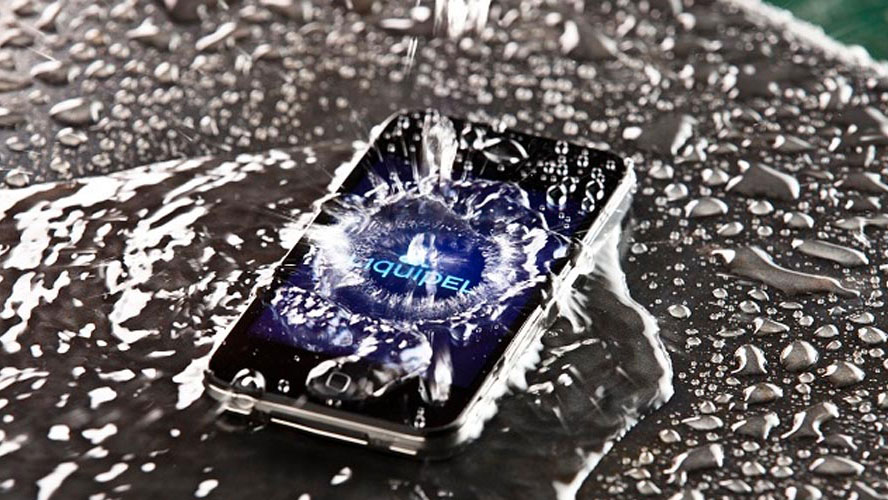
The mobile phone has gone from a novelty device to untether us from the wall to the one thing we take everywhere and expect to keep up with the demands of our unpredictable lives.
As the cost has escalated, so has our desire to keep them safe, leading to reams of cases and hundreds of thousands of pounds spent on insuring our treasured possessions.
In recent years manufacturers have made progress in making these phones more "life proof" by using tougher materials, stronger glass, and some manufacturers - such as Sony - have even made some of their newer smartphones fully waterproof.
There's a new round of companies too, aiming to make almost every device waterproof without having suffer any compromises in design or weight to achieve it. What does this all mean? We'll we've dived into the deep end to find.
Best waterproof smartphones
Whether you've been unfortunate to drop your phone in the bath, drink or even down the toilet (we kid you not), you'll have felt the pain of attempting to resurrect your phone from a potential watery grave.
If you haven't, then it's probably only a matter of time before you do according to the statistics, so here's our picks from the current crop of smartphones on the market to help you guard your device from the dangers of liquid.
Sony Xperia Z1 & Xperia Z
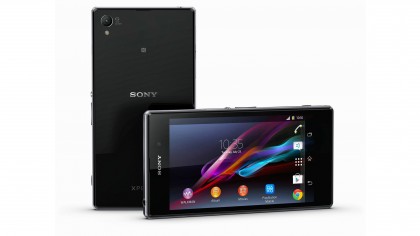
This article couldn't pass by without a nod to the Sony Xperia Z1, a smartphone built with the clumsy, or perhaps adventurous, types in mind. Unlike many other waterpoof phones it has all the features of a flagship Android handset, but with the addition of IP 58 rating.
Sign up for breaking news, reviews, opinion, top tech deals, and more.
- Read: Sony Xperia Z1 review
This rating represents the Z1's abilities to withstand dust and water, allowing submersion in up to one and a half metres of fresh water for up to 30 minutes.
The Z1 superseded the Xperia Z, which was not as refined in the design department, with a covered headphone slot and only packing an IP rating of 57, meaning it's less water resistant than the Xperia Z1 (but also cheaper).
- Read: Sony Xperia Z review
Samsung Galaxy S4 Active
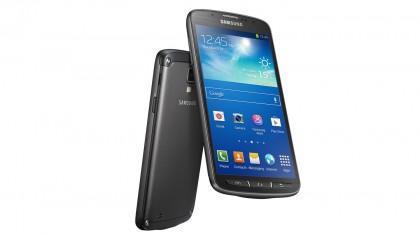
The Galaxy S4 is a phone we've been impressed with for months now, but as is Samsung's way, it was determined not to leave a portion of the market uncovered after Sony played the waterproof trump card with the Xperia Z.
The Samsung Galaxy S4 Active is its answer, and despite being somewhat of an afterthought by the Korean giants, it is a fantastic handset in its own right.
It too can shoot pictures underwater, and on the surface looks tougher than the original S4, but isn't all that much bigger. Samsung gained an IP67 rating for the S4 Active which means that it should protect better from dust, but has the same waterproofing rating as the Sony Xperia Z - so that's 30 minutes of submersion at 1 metre.
And the others
There's a raft of other phones that claim to be able to withstand the wet, with the first smartphone to market being the Motorola Defy. Unfortunately it didn't make much of a splash and it's waterproofing credentials were rather over-hyped.
- Read: Motorola Defy review
Then there are handsets such as the JCB SiteMaster 2. It's not a smartphone, doesn't have a touchscreen or any other fancy features, but what it can do is survive most that life could throw at it.
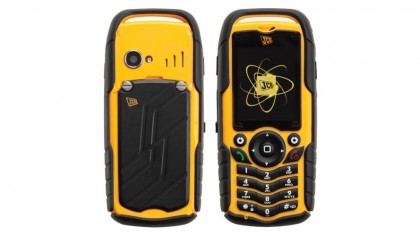
It can withstand a full tonne of pressure, be dropped from the height of 2 metres repeatedly without damage, and as you can guess, is fully waterproof to the same IP67 rating as the Samsung and Sony phones.
I've got a non-waterproof phone
If you've already got a good smartphone, or you're set on buying a particular model that doesn't come with any waterproofing credentials then worry not: you can still save it from Neptune's clutches.
While you can pick up cheaper sprays to cover the exterior of a phone in a waterproof coating, these are usually temporary solutions. The following two companies are offering services that aim to waterproof the device for an almost indefinite period of time - so can you make your HTC One waterproof, and if so, is it really that easy to?
Liquipel
This Californian based outfit works with nanocoatings and use a proprietary tech that allows virtually any device, not just smartphones, to be covered in a super-hydrophobic layer of particles on both the outside and the inside of the device.

The process involves a vacuum to suck all the air from inside and outside the device, which is then replaced with a gas that binds to the device's surfaces and circuits, creating a gap that repels any liquid that might come in to contact with it.
The process takes around 30 minutes from start to finish, and will set you back around $60 (£37) for a smartphone or $75 (£46) for a tablet. Liquipel a US based company, though there are plans to make the service available worldwide very soon.
WaterFi
WaterFi is another US company offering solutions on a variety of devices. Unlike Liquipel it doesn't waterproof using nanotechnologies, but instead offers a patented process to help a selection of gadgets resist the wet.
It relies on a rubbery insulator that is injected into the device along with an extra layer of protection that protects from corrosion or chemicals.
WaterFi's Communications manager, Gabe Hagstrom, believes waterproofing can be liberating for a gadget lover: "The cost of our waterproofing doesn't just save the customer from paying for a repair or replacement," he told Techradar.
"It actually frees the customer to use the device in ways and places they never thought possible.
"They take their iPod swimming and surfing, the Kindle to the beach and wash it off in the ocean if it gets sandy, and take the Nike FuelBand scuba diving."
Their initial offering of a waterproof iPod Shuffle ($140 / £86) and Nike Fuelband ($220 / £136) is a perfect swimmer's solution, but it's now expanded its range to Amazon Kindles and the Jawbone Up.
It can also coat your pre-existing Shuffle, Kindle, Fuelband or Jawbone for a lower price and although there's no smartphone solution as of yet, according to Hagstrom it's something its considering with new handsets such as the Nexus 5.
"Looking forward to [waterproofing] phones we see devices that are unlocked and affordable without a contract, like the newest Nexus phone, which we would then look to waterproof and offer brand new on our website to save all the hassle of sending in a phone that's in use and going a few days off the grid."
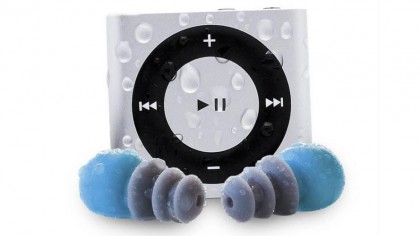
Both Liquipel and Waterfi offer viable after-purchase solutions, and with options starting at £37 to waterproof your existing phone they are a very tempting way of keeping your beloved device protected should you have a fluid mishap.
You could very easily spend this kind of money on a waterproof case, but this would of course add extra weight and bulk to the handset and detract from the design too. Of course with these products there's no major protection gained against drops or smashes, but at least puddles, baths and toilets wouldn't seem quite so scary.
And remember: while there are companies out there that claim to be able to resurrect water-damaged phones, but due to the fiddly nature of having to totally disassemble the device and potentially replace batteries or screens, the cost of this is considerably higher, with most services starting at around £65 and topping out at well over £200.
- 1
- 2
Current page: Waterproof phones - the options and the science
Next Page Waterproof phones - the future